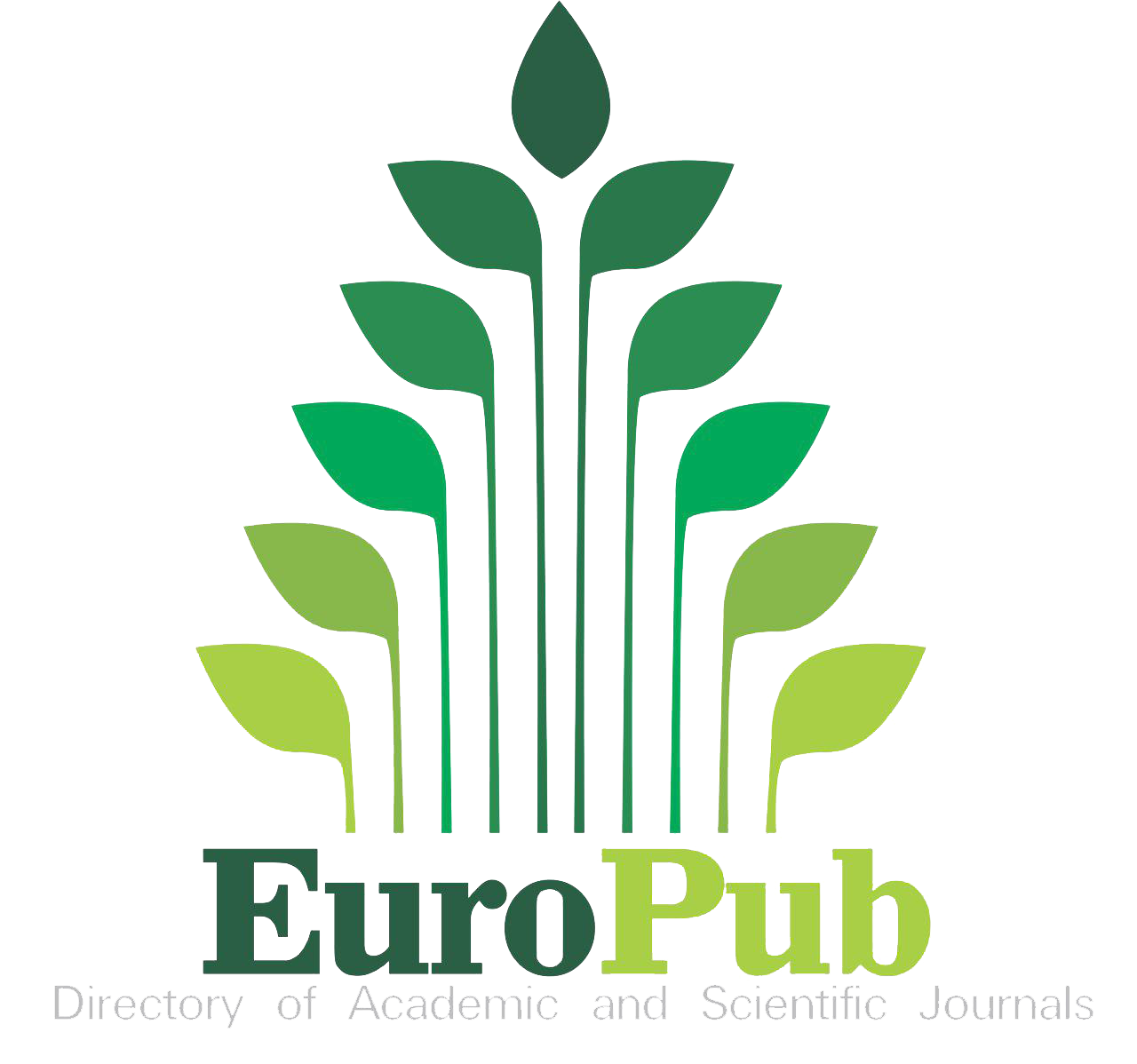VERMICOMPOSTING OF INVASIVE SPECIES AZOLLA PINNATA WITH EISENIA FETIDA
Keywords:
Invasive species, Vermicast, Eisenia fetida, Azolla pinnataAbstract
The menace of Azolla pinnata - the invasive weed in the water bodies of Kashmir Valley, India could be
converted to resource through vermicomposting by using earthworm species Eisenia foetida. Conversion rate
was 17.91 ± 0.30%, 43.46 ± 0.67%, 83.15 ± 0.53% and 100% for first, second, third and fourth fortnight
respectively. The number of earthworms increased by 68.66 ± 1.45 and biomass (g) by 10.75 ± 0.47. The
percent conversion rate showed a significant correlation (p<0.05) with initial number, final number of
earthworms and number of vermicomposting days. The vermicast showed increased trend for organic nitrogen
(0.84 ± 0.01 to 1.23 ± 0.09), total phosphorous (510 ± 2.9 to 661 ± 7.8), calcium (2040 ± 12 to 2500 ±
30), magnesium (564 ± 67 to 787 ± 20), sodium (20.30 ± 0.21 to 33.12 ± 0.51) and potassium (25.43 ±
1.40 to 40.30 ± 1.60) after every fortnight, except for the total organic carbon which indicated a decreased
trend (41.43 ± 0.09 to 23.90 ± 0.35).

















